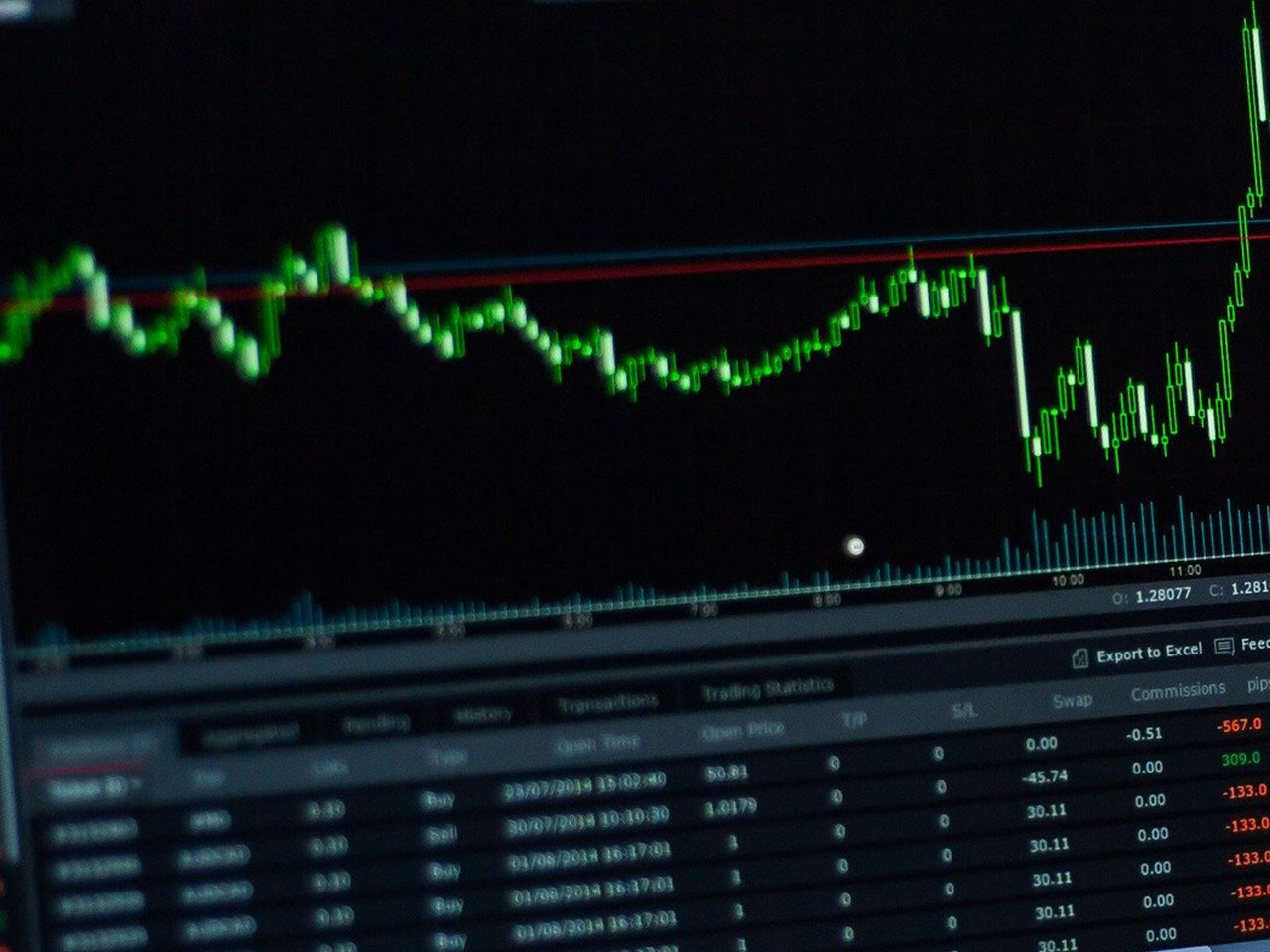As a stalwart of the British high street and a dominant player in the consumer defensive sector, Tesco PLC (TSCO.L) continues to capture investor interest with its robust market presence and evolving business strategies. With a market capitalisation of $27.16 billion, Tesco remains a powerhouse in the grocery store industry, offering a diverse array of products and services across the United Kingdom, Republic of Ireland, Czech Republic, Slovakia, and Hungary. This article delves into the key financial metrics and market dynamics shaping Tesco’s current investment narrative.
At a current share price of 416.2 GBp, Tesco sits at the pinnacle of its 52-week range, reflecting a solid year of growth. The stock has experienced a price change of 4.10 GBp, or a modest 0.01%, indicating a stable performance in a competitive sector. Despite this stability, investors should be mindful of Tesco’s forward-looking valuation metrics, particularly the forward P/E ratio of 1,398.94, which suggests high expectations for future earnings.
Tesco’s revenue growth of 2.20% signifies steady business expansion, aligned with its strategic initiatives to enhance its grocery retailing and associated services. The company has demonstrated a commendable return on equity of 13.75%, underscoring its ability to generate earnings from shareholder investments. However, the absence of clear net income figures in the available data calls for closer scrutiny of the company’s profitability dynamics.
In terms of shareholder returns, Tesco offers a dividend yield of 3.41%, supported by a payout ratio of 54.04%. This suggests a balanced approach to distributing earnings while retaining sufficient capital for reinvestment in growth opportunities. For income-focused investors, Tesco’s dividend profile presents an attractive proposition, particularly in the context of market volatility.
Analyst sentiment towards Tesco is predominantly positive, with 11 buy ratings and only three hold ratings, reflecting confidence in the company’s strategic direction and financial health. The target price range of 316.00 to 440.00 GBp, with an average target of 407.15 GBp, indicates a potential downside of -2.17%. Investors should consider this potential fluctuation within the broader context of Tesco’s long-term market positioning.
Technically, Tesco’s 50-day and 200-day moving averages stand at 392.33 and 368.58 GBp, respectively, suggesting a bullish trend in recent months. The RSI (14) of 56.78 indicates that the stock is neither overbought nor oversold, while the MACD and signal line readings of 5.29 and 4.92, respectively, reaffirm positive momentum.
Tesco’s diverse operations extend beyond grocery retail, encompassing mobile virtual network services, insurance products, and a network of convenience stores. This diversification not only enhances revenue streams but also mitigates risks associated with reliance on a single market segment. Founded in 1919 and headquartered in Welwyn Garden City, Tesco leverages its long-standing market expertise to adapt to changing consumer preferences and technological advancements.
For investors seeking exposure to the consumer defensive sector, Tesco PLC offers a compelling mix of stability, dividend income, and growth potential. As the company continues to navigate the complexities of the grocery industry, its strategic initiatives and financial performance will be pivotal in sustaining investor confidence and driving future value creation.










































